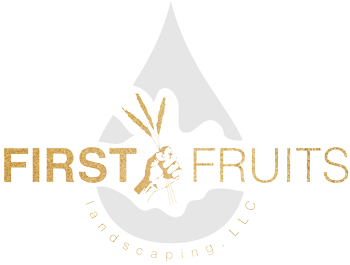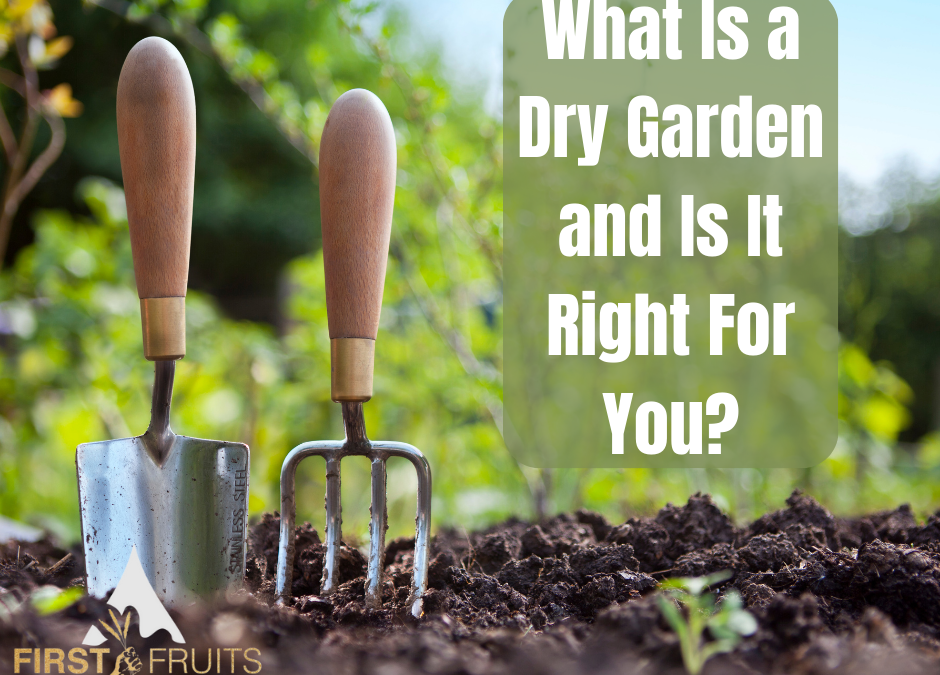You may have heard a new term lately amongst gardeners, leaving you wondering, what is a “dry garden?” There are numerous factors to consider when deciding on the perfect plan for your yard. While location and climate play a crucial role, your budget, skill level, and available time are also important considerations. Living in a drought-prone area may lead you to believe that your landscaping choices revolve more around hardscaping rather than plant selection. However, there are plenty of drought-tolerant plants that can help create a lush landscape, even in regions with limited rainfall and irrigation. One such option is a dry garden.
What is a Dry Garden?
A dry garden is a landscaping approach that emphasizes water conservation. These plants are adapted to thrive in dry environments and do not require additional watering. Native varieties often make the best choices for areas experiencing regular drought seasons, such as wildflowers, sedum, and yucca. Alternatively, you can select plants from regions with similar conditions, even if they are not native. In the South, drought-tolerant options like salvia, lavender, and catmint can be suitable choices.
Is a Dry Garden Right for You and Your Yard?
It’s essential to note that the entire garden doesn’t have to be completely “dry” to adopt a xeriscape-friendly approach (which minimizes the need for supplemental watering). Similar to having plants in your yard that thrive in full sun or shade, your yard can also feature pockets of low-maintenance, low-water landscaping.
When choosing plants for your yard, it’s important to know your USDA Zone and identify the plants that grow best in your area. Opt for plants that are well-suited to your zone, and you’ll increase the chances of having thriving and happy plants.
Tips for Creating a Dry Garden You don’t need to undertake a complete overhaul to enjoy the benefits of a dry garden. Even small steps to reduce water usage in your yard can make a difference. Start small and experiment to find what works well for both your aesthetic preferences and your yard’s conditions.
Group Plants Wisely When combining drought-tolerant elements with plants that require supplemental irrigation, group plants with similar water needs together. This approach allows you to optimize water usage more efficiently. Drought-tolerant plants are skilled at extracting water from other plants, so they will often outcompete shrubs, flowers, and trees that have a higher dependence on precipitation.
Consider Landscape Design To maintain a full and lush garden, pay attention to factors such as texture, height, and fullness when planning your dry garden. A dry garden doesn’t have to be dull or uninspiring. By incorporating drought-tolerant plants that offer beautiful structures, visual interest, and pleasant fragrances, you’ll find it challenging to narrow down the options.
The Best Plants for a Dry Garden The best plants for a dry garden are those that are drought-tolerant and require no additional watering beyond natural rainfall. Native plants adapted to your area and capable of withstanding frequent drought periods are excellent choices. Additionally, explore plants native to other drought-tolerant regions. While the options are vast, here are some plants suitable for Southern gardens:
- Water-efficient flowering plants: Lantana, portulaca, or verbena
- Succulents for visual interest and drama: Yucca or aloe
- Trees for height: Mimosa tree, redbud, or crepe myrtle
Creating a dry garden can be a practical and beautiful solution for those living in drought-prone areas. By adopting a water-conserving approach and incorporating drought-tolerant plants, you can achieve a lush and vibrant landscape without relying heavily on supplemental irrigation. Whether you opt for native varieties or select plants from regions with similar conditions, it’s important to consider your USDA Zone and choose plants that are well-suited to your area. With careful planning, grouping plants with similar water needs, and considering landscape design elements, you can create an aesthetically pleasing and low-maintenance dry garden that thrives even in limited rainfall and irrigation conditions. So, embrace the benefits of a dry garden and enjoy a sustainable and resilient outdoor space that conserves water while adding beauty to your yard.
In Conclusion
For any further inquiries or to acquire comprehensive information about the maintenance of your landscape design, contact us. Our team will be more than happy to assist you and provide all the necessary details you require.

